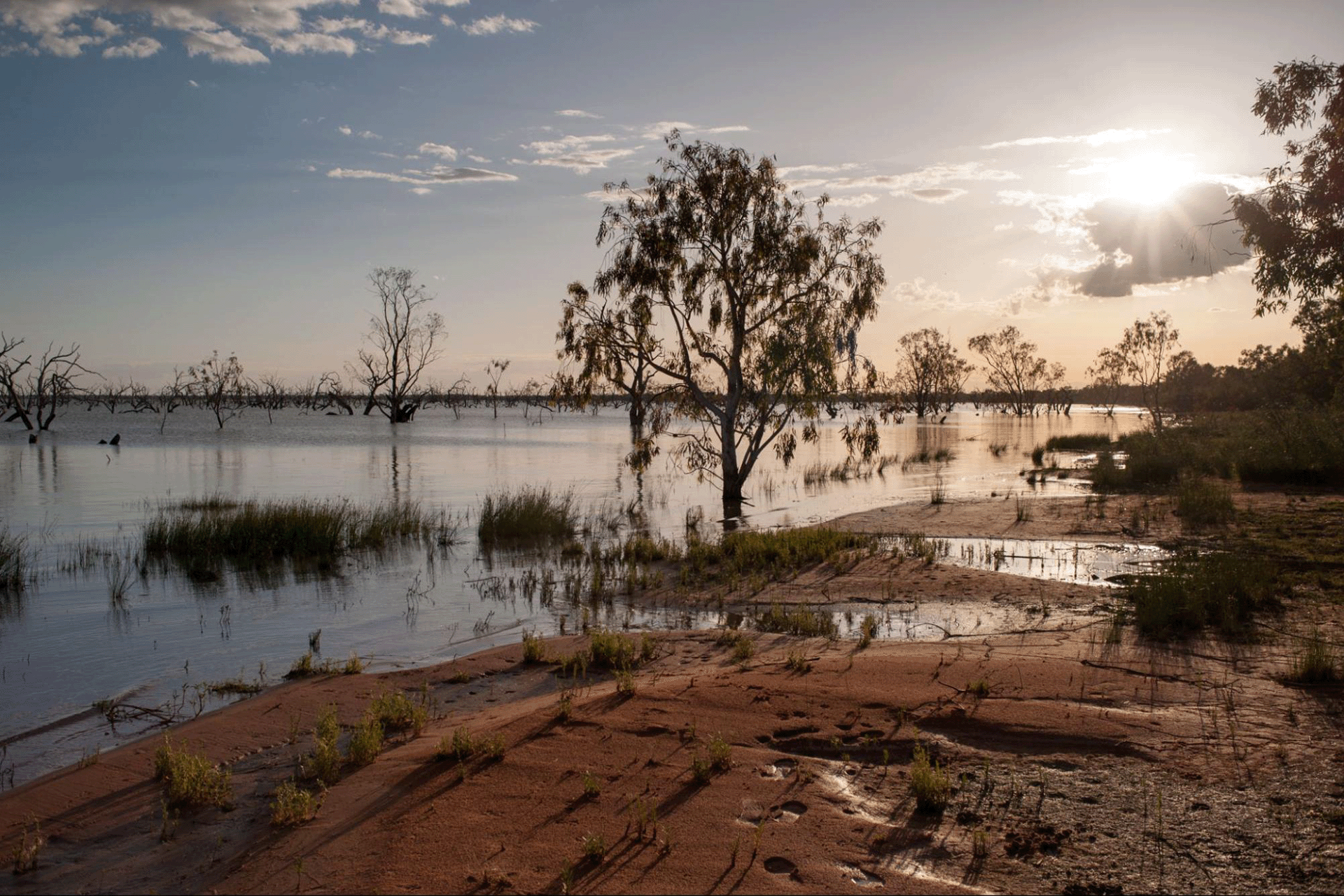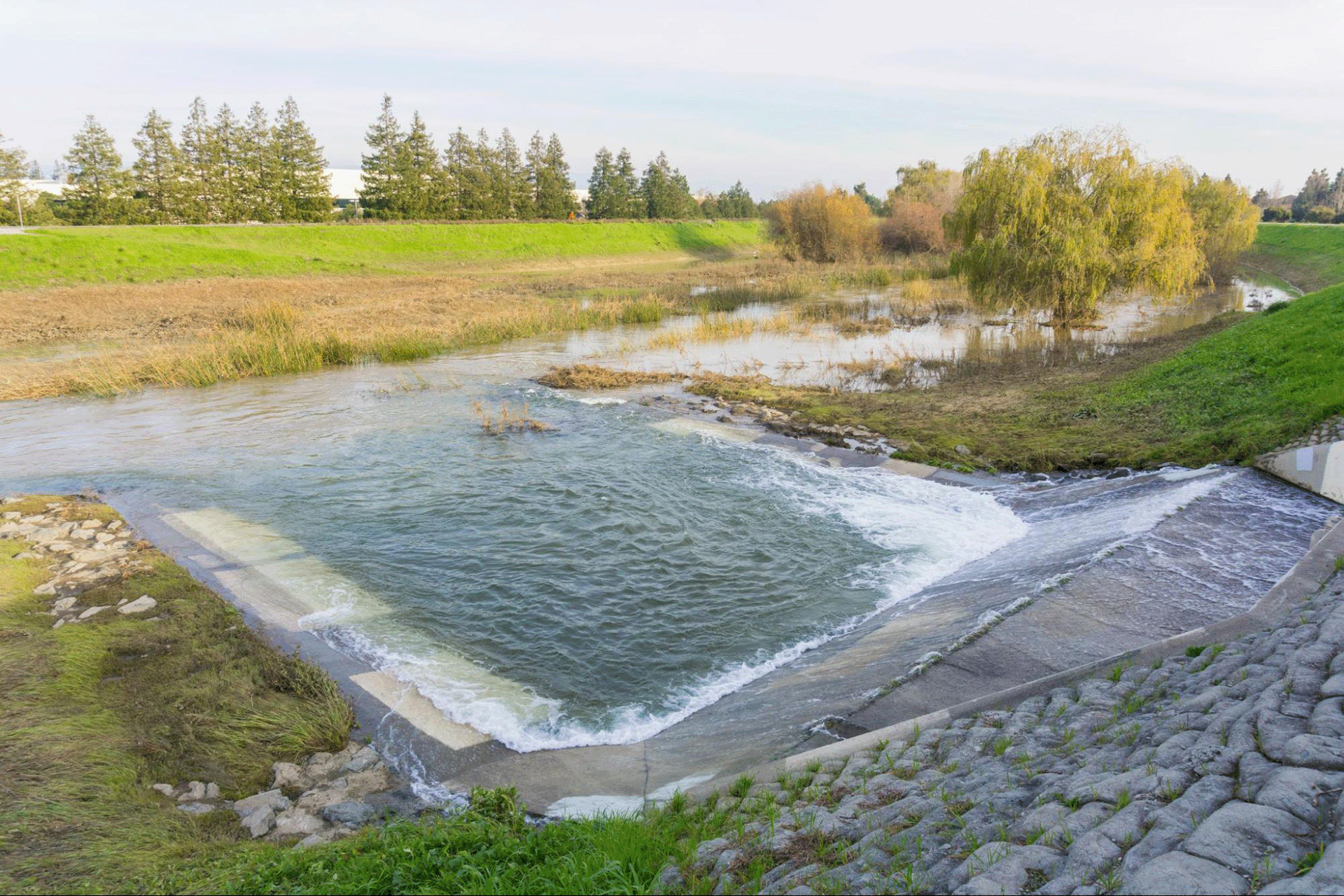Summary
Groundwater monitoring wells are purpose-drilled and installed boreholes designed to measure changes in groundwater levels, quality and flow. These wells support environmental consultants, developers and regulators in Australia by providing data essential for assessing contamination, managing risks and complying with approvals.
Definition
A groundwater monitoring well is a specialised borehole installed to access an aquifer or groundwater zone so that water levels, hydraulic behaviour and groundwater quality can be routinely measured and sampled for environmental or engineering purposes.
Why It Matters
In Australian environmental consulting, land remediation and compliance frameworks, groundwater monitoring wells play a critical role for several reasons:
- Contamination detection and validation: Many redevelopment, remediation or industrial sites require ongoing monitoring of groundwater to detect plumes, migration of contaminants or impacts from dewatering/excavation. Without properly constructed monitoring wells, data may be unreliable.
- Regulatory compliance and approvals: Monitoring wells often underpin groundwater monitoring programs required by state environment protection authorities or by conditions of development consent. For example, WA guidance states that monitoring bores are needed to assess changes to water table levels and quality.
- Risk management & due diligence: When environmental professionals incorporate monitoring wells into a conceptual site model (CSM), they can assess baseline groundwater conditions, quantify change over time, and support decisions around remediation or reuse of land.
- Design, construction and data quality: The integrity of a monitoring well (screen placement, sealing, development, record keeping) is vital because regulators assume that variation in monitoring results reflects site conditions—not borehole flaws.
- Linkage with other services: Groundwater monitoring wells are frequently integrated with other services offered by consultants—such as groundwater investigations, remediation monitoring, environmental site assessments and dewatering management—forming a complete compliance and risk-management package.
When It’s Required
Understanding when groundwater monitoring wells are required enables better project planning and ensures compliance with regulatory or approval conditions.
Common triggers
- Site investigations and remediation: On sites with known or suspected groundwater contamination, such as from fuel storage systems, industrial legacy or landfills, monitoring wells are installed to establish baseline conditions and track change during remediation.
- Redevelopment and earthworks / dewatering: Major excavations, basement construction, new infrastructure or dewatering works may affect groundwater flow and quality. Monitoring wells provide data on drawdown, flow changes and potential contamination mobilisation.
- Environmental approvals and licences: Many state and federal approval frameworks require the installation of groundwater monitoring networks as a condition of consent, licence or approval. For example, the draft National Minimum Groundwater Monitoring Guidelines note that monitoring may be required pre-approval to characterise the system and post-approval to detect impacts.
- Long-term compliance and closure monitoring: After remediation or construction, monitoring wells enable ongoing verification of groundwater stability, ensuring that objectives are met and regulatory closure can be achieved.
- Water resource protection: Where groundwater is a receptor (e.g., for abstraction, aquifers, groundwater-dependent ecosystems), monitoring wells help implement the risk-based frameworks set out in guidelines such as the Australian Government’s Guidelines for Groundwater Quality Protection.
Legislative & regulatory context
- Installation and monitoring of wells must follow jurisdictional requirements and industry best practice—state regulators typically reference guidance around well construction (e.g., in WA: WQPN 30 – Groundwater Monitoring Bores) to protect integrity.
- Monitoring wells often support compliance with environmental obligations under instruments such as the Water Act 2007 (Cth) for water resources, or state equivalents for licensing and approvals.
- Proper documentation, data quality, QA/QC, chain of custody and reporting protocols are critical as regulators expect defensible monitoring data.
How We Can Help
Groundwater monitoring wells form a foundational element of sound environmental and compliance management—providing the data, transparency and oversight required to protect groundwater, support approvals and manage risk.
At Nova Group Pacific, our environmental consulting team offers specialised support for groundwater monitoring wells integrated within our broader site assessment, remediation and compliance services:
- Well design and installation oversight – We develop well installation specifications, ensure correct screen placement, annular sealing, and record as-built logs in line with best practice guidelines.
- Sampling and monitoring programs – We design monitoring schedules, perform low-flow sampling, water-level monitoring, interpret data for trend analysis and integrate with remediation validation or compliance reporting.
- Data interpretation and reporting – We analyse groundwater levels, quality trends, are able to identify up-gradient vs down-gradient monitoring bores, and produce reports to satisfy regulators.
- Integrated remediation and site assessments – Our services tie groundwater monitoring to contamination investigations, geotechnical investigations, soil & waste classification and remediation strategies.
Whether you’re planning redevelopment, remediation or major earthworks in Australia, contact our team to ensure your groundwater monitoring wells are technically sound, compliance-ready and strategically integrated.
Related Terms and Concepts
- Geotechnical Investigation – Assesses subsurface conditions; sometimes monitoring wells are used to monitor dewatering or groundwater interaction with excavation works.
- Soil & Waste Classification – When excavating material, groundwater monitoring may reveal leachate-related risks that link to classification decisions.
- Dewatering Management Plan (DMP) – For projects requiring groundwater extraction or control, monitoring wells form part of the DMP to track water quantity and quality impacts.

 Get Your Free Site Assessment
Get Your Free Site Assessment









 Get Your Free Site Assessment
Get Your Free Site Assessment









.png)







